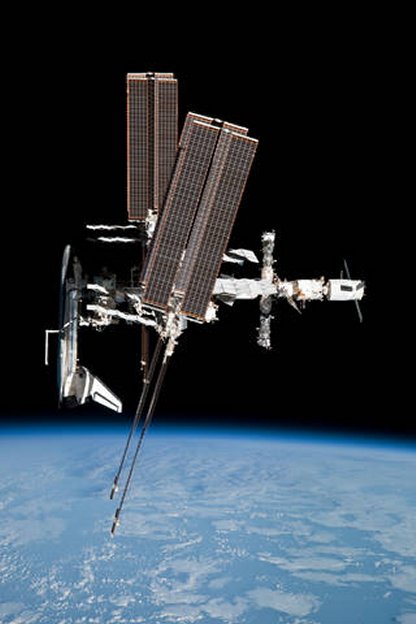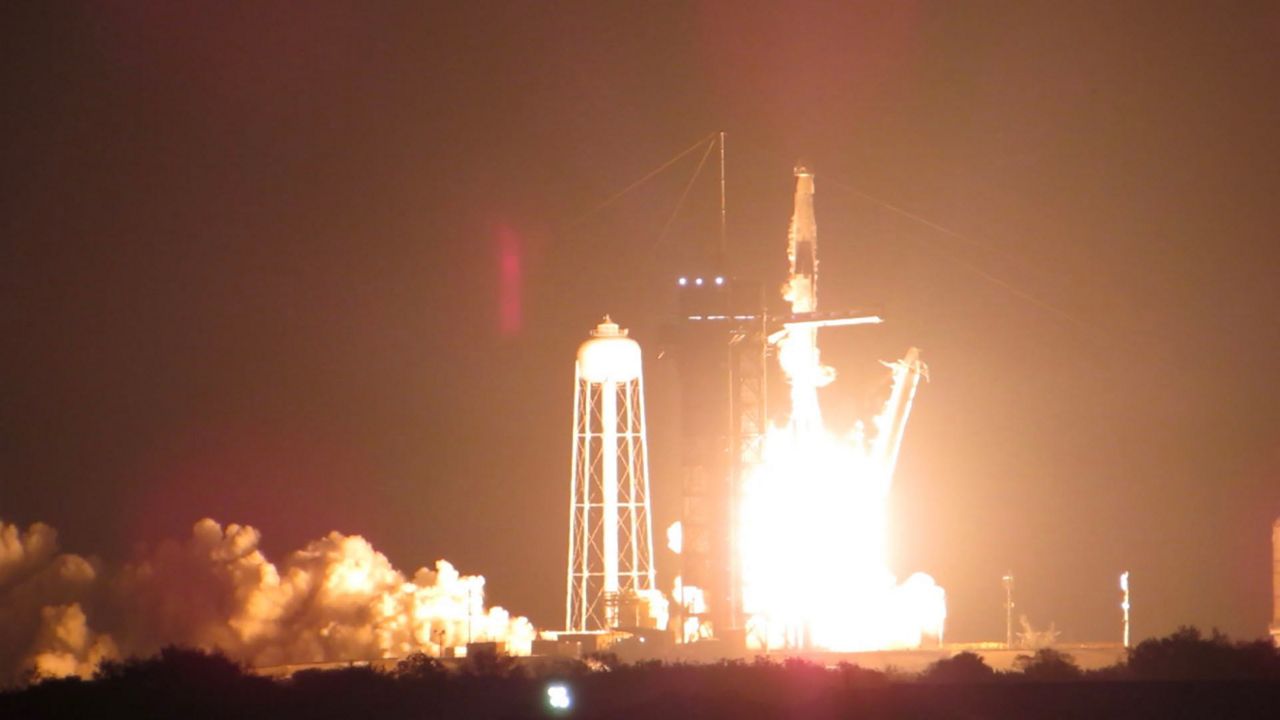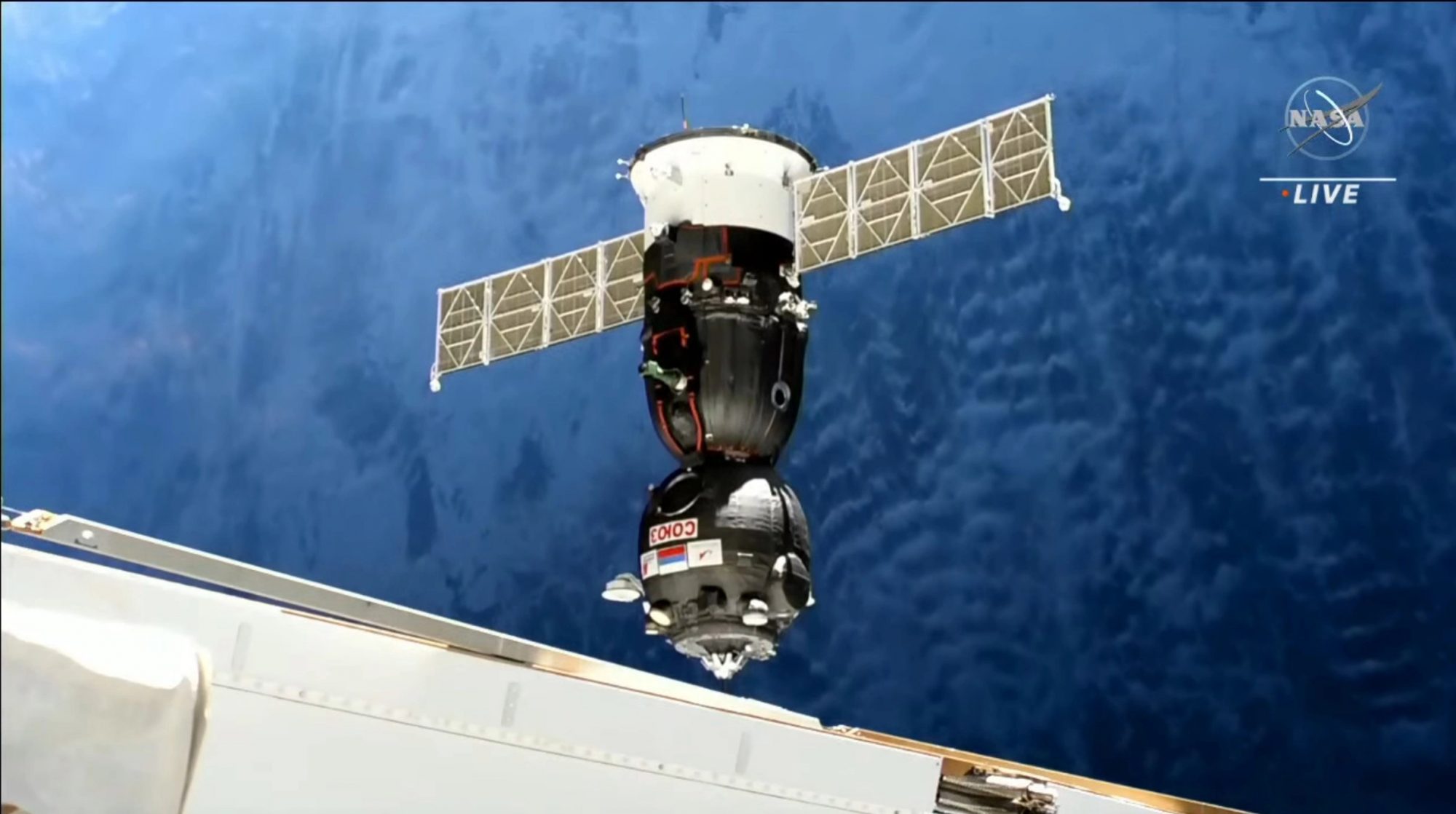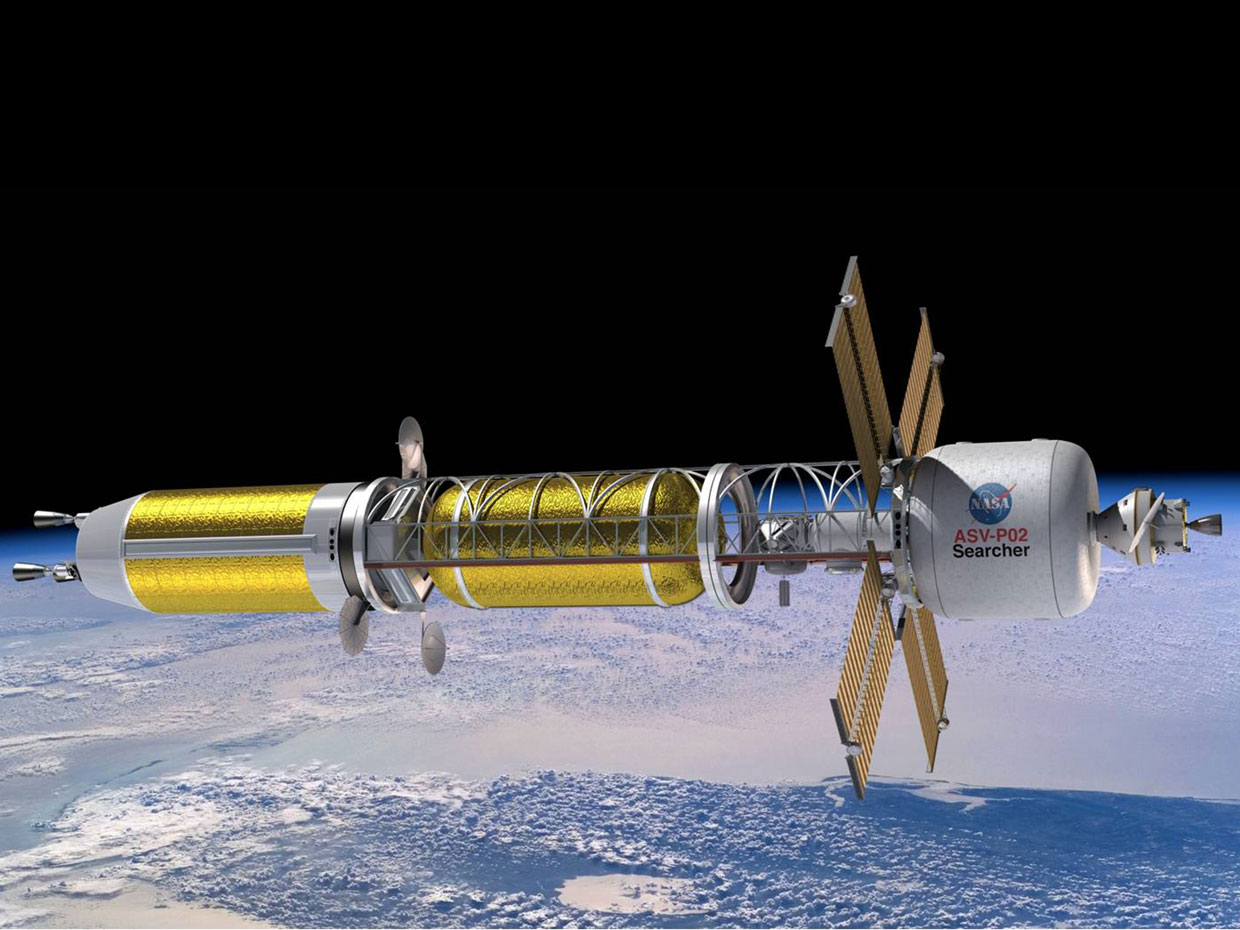When the International Space Station (ISS) was first assembled in Earth orbit more than twenty years ago now the astronauts that made up its crew traveled there using either the American Space Shuttle of the Russian Soyuz manned spacecraft. After the Shuttle was retired there was a time when the only way to get to the ISS was aboard a Russian Soyuz. During that period NASA was busy working on its Commercial Crew Program where two private corporations, Space X and Boeing, would develop their own man capable spacecraft and NASA would pay them to take astronauts to and from the ISS.

One of these corporations, Space X has succeeded admirably. The first ever manned launch of a private space capsule took place on the 30th of May in 2020 and took two astronauts to the ISS for a three month stay; see my post of 3 June 2020. Since then Space X has carried out another six manned space missions. Five of those missions were a part of NASA’s commercial crew program but one was the first ever completely private space mission, see my post of 2 October 2021.

Now Space X has launched its eighth manned mission, the sixth commercial crew mission to the ISS for a regular crew transfer. Liftoff took place on the 2nd of March with arrival at the ISS the next day. The astronauts aboard the Crew 6 mission are Stephen Bowen and Warren Hoburg of NASA along with Sultan Al Neyadi of Dubai and a Russian cosmonaut Andrey Fedyaer.

As with all of the ISS crew missions the four astronauts who took off aboard a Space X Dragon capsule are scheduled for a six month stay on the space station. Just a week after the crew 6 astronauts arrived at the ISS the crew five team, who have served aboard the ISS since October of 2022, returned to Earth aboard their Dragon capsule, splashing down in the waters off of Florida. The engineers at Space X have performed their tasks so well that another Space X mission to the ISS has now become rather routine.

Not so for Boeing and its Starliner man capable capsule. After years of delays the capsule finally launched on its first, unmanned test flight back on the 20th of December in 2019 only to have so many software problems that the capsule could not complete its mission to rendezvous with the ISS. After more than a year of corrections a second, successful unmanned test flight was conducted in May of 2022, see my post of 11 June 2022.

Now Boeing is preparing for the final, manned test flight of Starliner. Currently scheduled for mid to late April the final test flight will carry astronauts Butch Wilmore and Suni Williams to the ISS for a six day stay. Total mission length will be eight days. If successful NASA could finally have two completely different space launch systems for taking its astronauts to and from the ISS.

Meanwhile the Russians have been having a series of problems with their venerated Soyuz space capsule. First flown back in 1967 the initial flight of the Soyuz capsule was a disaster as the cabin lost pressure during re-entry killing Cosmonaut Vladimir Komarov. After those early problems however the Soyuz spacecraft has become a reliable, if not exactly comfortable means for getting into Earth orbit.

Until now, because the Soyuz capsule that took the current Russian crew to the ISS has sprung an air leak and is now incapable of returning those cosmonauts to Earth. Not only that but a recent Soyuz derived Progress cargo ship also developed a pressure leak soon after arriving at the ISS.

This puts Russia in something of a quandary, how do they get their astronauts back down to Earth without a usable spacecraft, Russia’s space agency Roscosmos has decided that the leaking Soyuz module could be used in an emergency but would rather not use it at all if possible.

In the end what the Russians did was to launch another Soyuz spacecraft to the ISS to bring the cosmonauts home. That unmanned capsule was launched on the 23rd of February and reached the ISS on the 25th. The Russian crew, with their American colleague, are now scheduled to return to Earth in September.
However, should this third Soyuz type craft also experience problems the only viable backup plan would be for the Russians to pay Space X to send one of their Dragon capsules to the ISS as a rescue vessel. With all of the tension between Russia and the US happening now such a last resort would be a very costly embarrassment to the Russians, so I think Roscosmos will leave their cosmonauts stranded in space for a while if it becomes necessary.

One last little item before I leave. Back in the early days of the space age NASA carried out a very serious program to study the possibility of using nuclear rockets as a propulsion system for spacecraft. The program was called Project NERVA and did in fact develop several nuclear rocket engines that were successfully static tested on the ground. However, because of the danger posed by both the radioactive exhaust as well as the possibility of an explosion during launch spreading radioactive material over a wide area the program was canceled in 1972.

The idea behind a nuclear rocket engine is simple. Instead of using chemical combustion to heat the rocket’s exhaust the heat of a nuclear fission pile can be used to heat almost anything, even something as simple as water. Calculations, backed up by the tests carried out in project NERVA, have shown that such a nuclear rocket can provide 3 or more times as much ‘push’ as even the best chemical rockets. Which is why NASA was so interested in the concept.

Now NASA is teaming with the Defense Advanced Research Projects Agency (DARPA) to revive the nuclear rocket engine. DARPA carries out research for the Department of Defense and as such is a natural partner for the development of a nuclear rocket. The initial schedule is for a test flight of a nuclear rocket is 2027.

There will be some changes to NASA’s original idea for project NERVA however. For one thing we have a lot fewer explosions happening during the launch of a rocket so the danger of nuclear material being spread over half of Florida is much less. At the same time the nuclear rocket itself will not be used to lift a payload into orbit. Rather the nuclear rocket will only be used for deep space exploration outside of Earth orbit. That way no radioactive exhaust will be dumped into the atmosphere.

The plan is of course to use a nuclear rocket to power the first manned missions to Mars, the space agency’s long desired goal. So hopefully, in about ten years or so, a spaceship assembled in orbit will ignite its nuclear rocket engine and begin a long journey to the red planet, mankind’s first trip to another planet.
